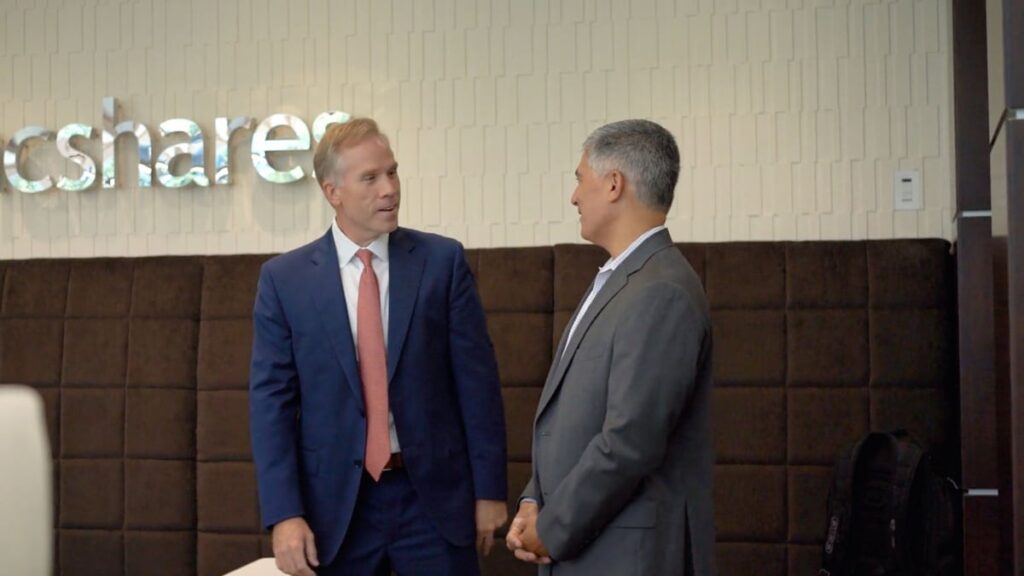
By Arianne Cohen Bloomberg
March 23, 2023 at 9:00 AM CDT
Following the failures of US banks Silvergate Capital Corp., Silicon Valley Bank and Signature Bank, executives and business owners are realizing their corporate accounts aren’t necessarily insured by the Federal Deposit Insurance Corp.
“I don’t think entrepreneurs and executives were paying attention to that,” says corporate accountant John Pennett, a partner at Eisner Advisory Group in Iselin, New Jersey. “Historically, venture-backed or private equity-backed companies are sitting on $10 million to $15 million, because they just raised money that needs to last three to four years, and the board didn’t really care where they put the money. Now that’s going to be an area of discussion.”
Accounts are automatically insured up to $250,000 per depositor at FDIC-insured banks. But many companies hold millions or tens of millions of dollars that must be available for payroll or operations. Not all organizations feel the need to keep every dollar insured. “It just comes down to risk tolerance for folks,” says Nancy Presnell, partner at law firm Frost Brown Todd in Louisville. “It’s a question of ‘How much time do I want to spend on this? And how much of a gamble am I willing to take?’” US regulators have recently discussed the viability of temporarily expanding insurance to cover all deposits, an outcome that would likely be short-lived—and only happen if confidence in the banking system worsens.
Here’s how bank experts say cash management systems should be set up and how to maximize insurance on accounts:
Step 1: Choose a Bank
The first priority is choosing a bank that is financially healthy. “Everyone should always do a financial analysis, but no one bothers,” says Jay Hack, a partner at New York City-based law firm Gallet Dreyer & Berkey. “It doesn’t require a Ph.D. in economics, just a moderate amount of experience and some skepticism.”
Financial documents are available on bank websites, and an accountant, attorney or banker from another institution can look them over. In the US, regional banks, which have mostly local investments and comprehensible strategies, are easier to evaluate. Someone with reasonable financial experience can scan and assess whether a bank is solid and safe. Experts suggest choosing multiple banks—at least one large and one regional—and making sure that each is well-capitalized, has good liquidity and isn’t concentrated in one or two industries. Silicon Valley Bank was a “walking time bomb,” Hack says. “There were a lot of strong indicators of potential problems.”
One caveat: Some banks have loan agreements that require companies to keep all or most of their banking with that institution. “I wonder if we’ll see some pushback on that, just so that companies can achieve a little more diversification,” says business lawyer Tyler O’Reilly, an attorney at Harris Beach, based in Pittsford, New York.
Step 2: Set Up Accounts
Many organizations have three accounts (or account groups), according to Pennett:
- a principal operating account through which transactions run;
- a payroll account funded by the operating account;
- an interest-earning money market account funded by excess funds in the operating account.
To avoid the money market account exceeding $250,000, one option is a sweep account, which automatically transfers balances over a preset limit into other accounts. For example, a smaller company might set up a sweep that moves balances higher than $250,000 into an external account daily, thereby maintaining FDIC insurance.
If excess funds continue to balloon and aren’t immediately needed, congratulations. One strategy Pennett suggests is a monthly purchase of government-security-backed funds. These aren’t FDIC-insured, but they’re considered extremely safe.
Step 3: Maximize FDIC Coverage
Banks offer tools to keep larger balances insured, but few companies take advantage of them, Pennett says. All of the options come with costs, and “there are logistical details that can make these tools cumbersome,” says Jared Craighead, chief of staff at Dallas-based Vista Bank. (The FDIC offers a handy insurance calculator here.) Here are three ways to maximize FDIC coverage:
- Intrafi Network. The Intrafi network of more than 3,000 banks can keep quantities in the range of $100 million under FDIC insurance. Here’s how: If a corporation deposits $1 million, the bank will remove $750,000 and deposit three amounts of $250,000 in three other banks, thereby maintaining FDIC insurance coverage for the whole balance. Intrafi handles the bank-to-bank dealings, so company executives simply see their total balance, not dozens of bank accounts.
- Certificates of Deposit (CDs). Businesses can invest in CDs of as much as $250,000, each held by a different FDIC-insured bank. Some banks offer this service; Intrafi offers a program called the Certificate of Deposit Account Registry Service (CDARS), which can insure amounts up to about $50 million.
- Lines of Credit. Some companies use a line of credit for working capital. Because the funds don’t enter the corporate account until they’re drawn from the line of credit, this bypasses the need to insure large balances. The downside: Depending on the arrangement, the money might take a couple days to hit an account.
Step 4: Get an Emergency Fund
The past week has demonstrated that access to funding is essential, even if a bank fails. “It’s good practice for companies to have lines of credit, even if they don’t use them,” Craighead says. “And you don’t want to have your emergency line of credit at the same bank as all your assets.” The size of a line of credit is largely determined by a company’s cash flow.
